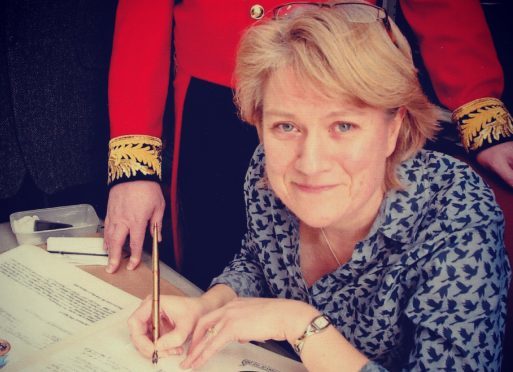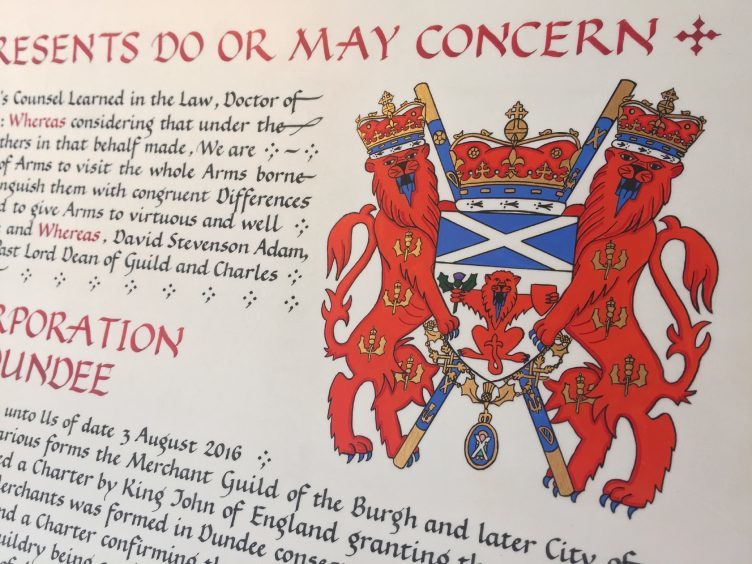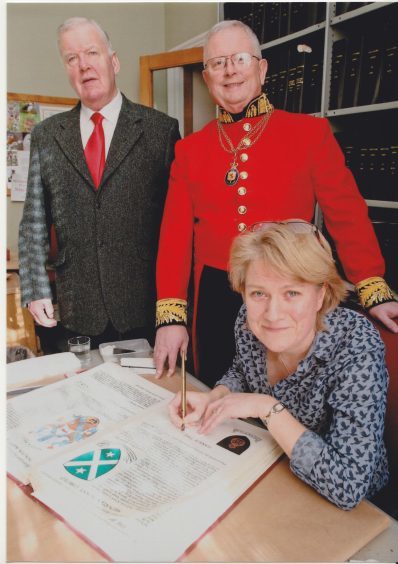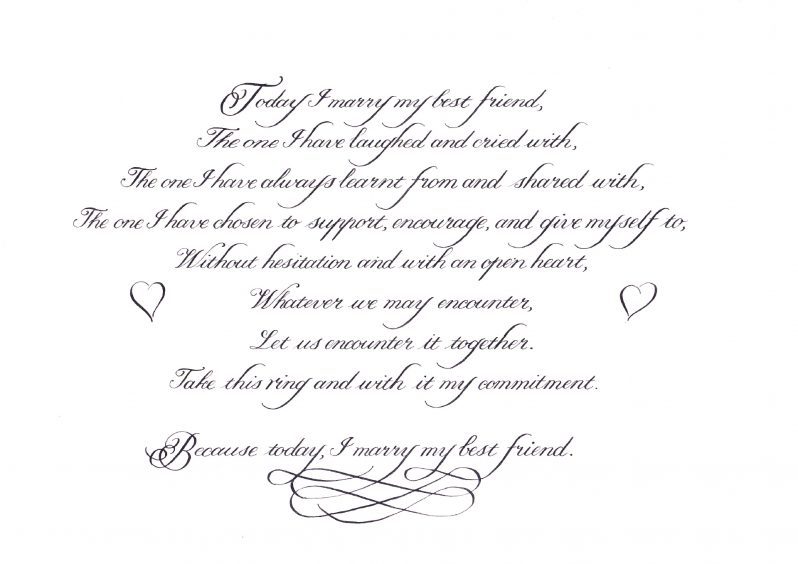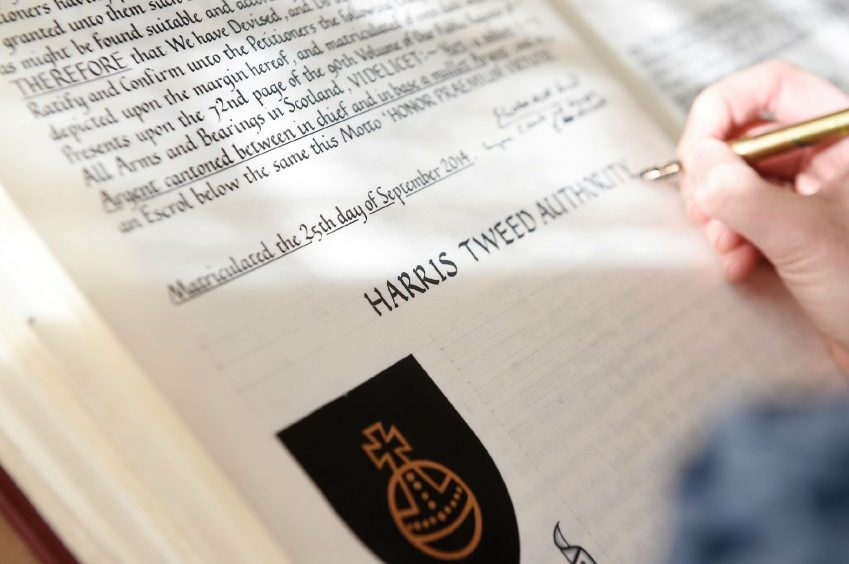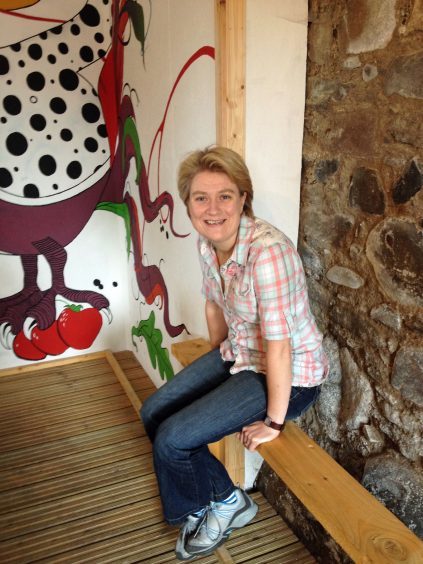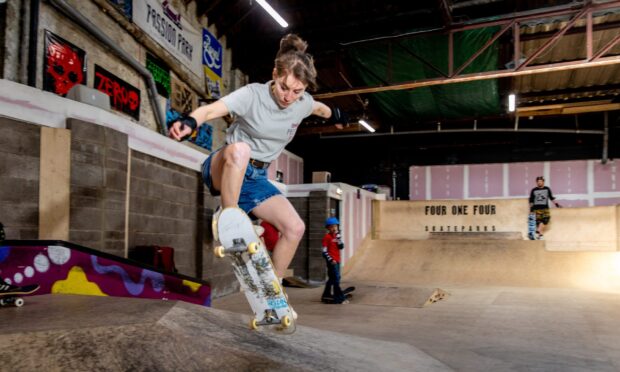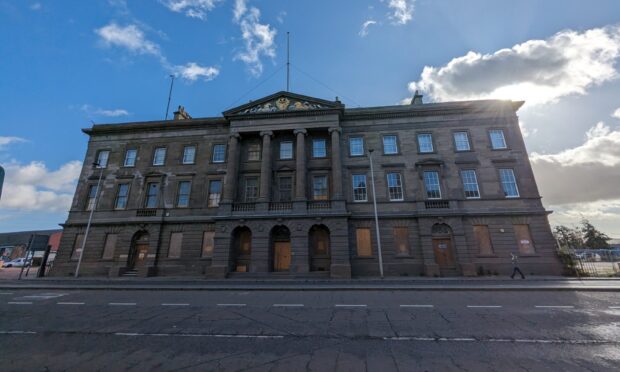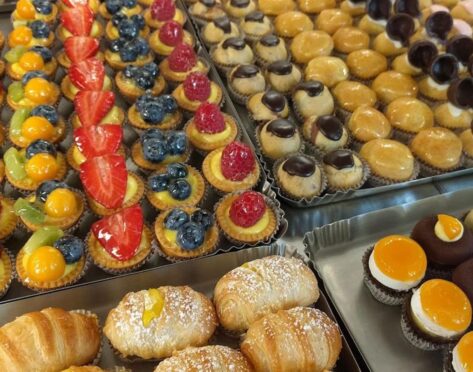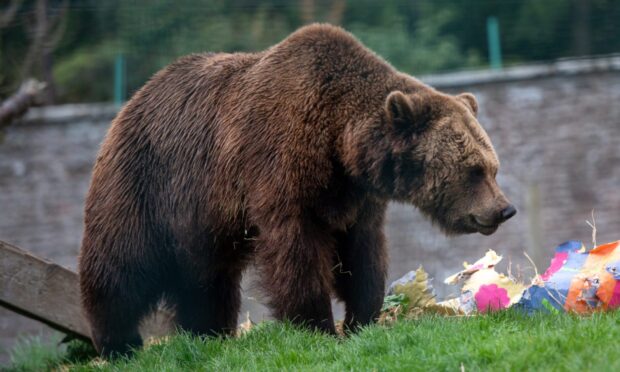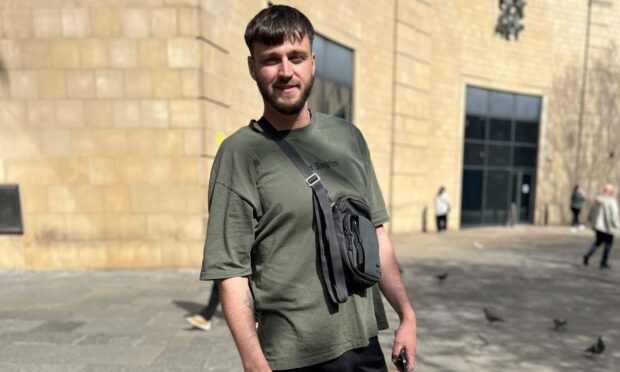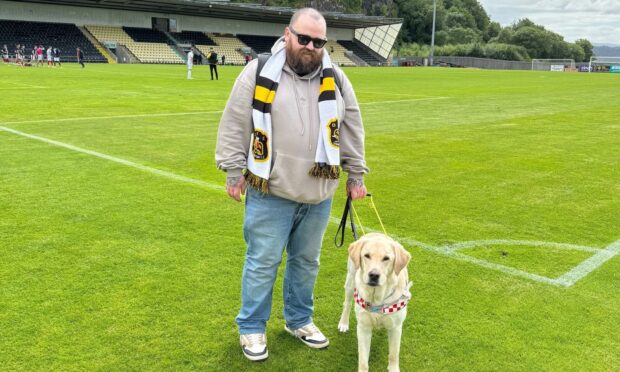As a teenager trying to make a bit of extra pocket money, Annette Reed would make house numbers and sell them to her friends and family. She recalls: “My dad was skilled in wood and would prepare a cross section of a log, sand it down and varnish it. Then I would handwrite the name or number on it.”
The enterprising teen loved art at school and was introduced to calligraphy – the art of beautiful writing – by her teacher, Peter Halliday, a renowned calligrapher in his own right. “I was immediately hooked!” she says.
When Annette left school she worked for an art studio making memorial books and included a team of artists and calligraphers who would enter the inscriptions and illustrations. Here, she gained skills which she uses to this day, writing and illustrating the books of remembrance for crematoriums.
“I’ve always been fascinated with handwriting and I love to watch people write,” explains Annette, who lives in Falkirk. “Then I learnt that you could use different pens to get different effects and that there were so many different scripts out there to learn – I was in my element!”
Despite a change of career as an auditor, her love for calligraphy never left and after 23 years away from the art she decided to return to it, working for herself.
As well as updating the books of remembrance for crematoriums, Annette’s day-to-day calligraphy mainly consists of designing and creating official documents for coats of arms for the Court of the Lord Lyon in Edinburgh, and has recently completed the document for the Guildry Incorporation of the City of Dundee.
But the 47 year old has also had her calligraphy blown up and printed on a wall of a conference hall in Glasgow and seen it used in a music video and on an album cover.
“I’ve been filmed by the BBC for a history documentary where I was asked to write in the script of the time (Old English/copperplate), and I was also asked to replicate the handwriting of serial killer Peter Manuel, for the recent drama In Plain Sight,” she adds.
So do you need to be artistic to try calligraphy? “No but it’s essential you know how to hold a pen properly,” Annette stresses. “As odd as it sounds, it is a fundamental key to calligraphy, as the calligraphy pen needs a constant angle to create the ‘thicks and thins’ to create a beautiful script.
She explains that you can start calligraphy with very little – a calligraphy pen, good quality paper and a book to show you what to do.
“As you become proficient in the subject, you will want to expand into different areas, perhaps experiment with colours, paints, gold leaf, and so on. and your equipment will expand with you,” she says.
“Mistakes can be an issue, and even worse if you don’t spot them and somebody else does. But they can generally be rectified, if you are careful, although there’s always going to be the odd occasion where you can’t correct it and have to start again.”
Although Annette never get to keep any of her work, the job satisfaction she gets from people enjoying it more than makes up for it.
“I’m so lucky to be able to earn money from what I enjoy doing, and little did I know as a teenager that I would be making a living from calligraphy. It’s important to embrace what life presents to you along the way and do what makes you happy.”
